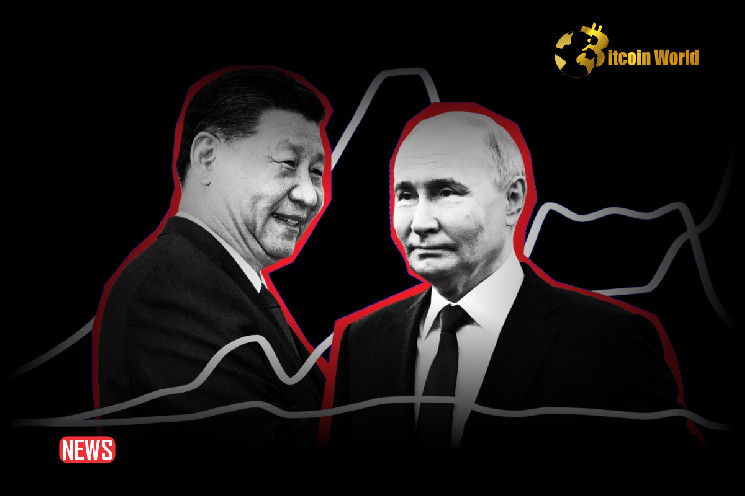- China and Russia are using digital payments, like cryptocurrencies, for trade to avoid slow and complicated banking systems due to sanctions.
- They’re trying to reduce reliance on the US dollar, with over half of Chinese trade payments now in RMB instead of USD.
- The BRICS countries are planning to link their financial systems using digital currencies, wanting full independence from the dollar.
China and Russia are ditching traditional banking for digital payments in their trade dealings. Sanctions on Russia have made banking a nightmare, with some transactions taking months to clear.
This hassle has pushed both countries to explore quicker, more efficient digital alternatives. Qifa, a digital platform operating in Beijing and Moscow, has become a key player in this.
Reportedly, they recognized that using digital payments, including cryptocurrencies, can speed up transactions, sometimes completing them in just a day.
With fewer Chinese banks willing to risk sanctions, these digital methods are becoming more and more critical.
The Move Away From The Us Dollar
This embrace of digital payments isn’t just about speed. No, it’s part of a bigger agenda to move away from the US dollar. BRICS countries have had a rough time with the dollar’s dominance.
Brazil has struggled with economic ups and downs due to changes in the dollar’s value. India’s stock market has been hit by US investors pulling out their money. Russia and China, too, have faced US sanctions, making it tough to do business internationally.
Russia, in particular, started desperately looking for alternatives a few years ago. So far, the country has allowed the use of stablecoins like USDT for international payments, and there’s even talk in the Russian parliament about legalizing all cryptocurrencies for foreign trade.
This could help Russia and its partners permanently avoid using the dollar altogether. Last year, over half of Chinese payments in trade with Russia were settled in RMB, their local currency.
Only 42.8% were done in US dollars, showing a clear move away from the dollar. BRICS countries are also working on a new system called BRICS Bridge, designed to link their financial systems using digital currencies from their central banks.
A few weeks ago, Russian President Vladimir Putin said that right now, 90% of trade between Russia and China uses their local currencies, rubles, and yuan.
There’s a big BRICS summit coming up in Russia in October 2024, where this topic is expected to be front and center. Leaders from both old and new countries will strategize over de-dollarization.
 bitcoinworld.co.in
bitcoinworld.co.in
